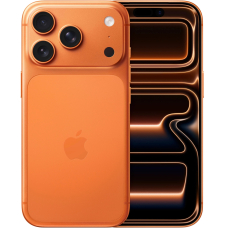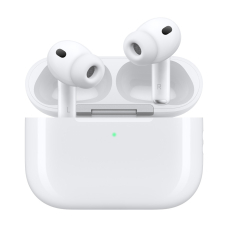Menu
Pixel 8 Pro Blue best deals availability now
Differences Google Pixel 8 Pro from the previous model?
The Pixel 8 Pro smartphone from Google represents an evolution in design and specifications. One of the key innovations is a significant improvement in the camera, achieved through advanced developments in AI. Let's find out what else makes this new model stand out and its main differences from the Pixel 8.
Design
The design of both smartphones is highly similar. Both models are framed with glossy glass and a horizontal metal frame that houses the cameras on the back.
The Pro version stands out with a larger size, featuring a 6.7-inch screen, a body length of 162.6 mm, a thickness of 8.9 mm, and a weight of 213 grams. It is available in black, blue, and beige colors. The device has rounded edges, an IP68 rating for protection, NFC, and a slot for one physical SIM card and eSIM. The protective glass on the back is advanced Gorilla Glass Victus 2. The advanced model also includes a built-in thermometer for measuring the temperature of objects and people, which is not present in the base model.
The design of both models also differs: the Pixel 8 Pro has a matte back and a glossy frame, while the standard version features a glossy back and a matte frame. On the back of the Pixel 8 Pro, there are three lenses and a laser sensor for fast focusing, while the base model has two lenses and a flash window.
Display
The Pixel 8 Pro is equipped with one of the best displays in the industry: it is bright and offers excellent smoothness, and the colors are rendered as closely as possible to natural ones. The screen features OLED technology with an increased resolution of 2992x1344, which is higher than that of the previous model. The displays of both devices support dynamic refresh rates ranging from 1 to 120 Hz, which helps save energy, especially when the Always On Display mode is activated for constant information display on the screen. The maximum brightness of the older model's screen reaches 2400 nits, significantly exceeding the 2000 nits of the base version. Additionally, the Pro model has a higher pixel density — 489 ppi compared to 428 ppi for the standard version, but this difference is hard to notice in everyday use, even when reading small text.
The display of the older model provides a slightly clearer and brighter image, and the Always On technology eliminates the need to constantly activate the screen to check the time or notifications.
Specifications
Both devices utilize the latest Google Tensor G3 chipset, which is a flagship nine-core processor developed using a 4nm technology process. Thanks to its high performance, the devices handle resource-intensive tasks with ease: whether it be demanding games, video editing, or image processing in editing applications.
Although the processors in both models are identical, they differ in RAM and built-in storage. The base model has 8 GB of RAM and offers internal storage options of 128 or 256 GB. Meanwhile, the more advanced model comes with 12 GB of RAM and a wider range of built-in storage options: from 256 GB to 1 TB.
Regarding the battery, the younger model features a 4574 mAh battery, while the Pro version has a 5050 mAh battery. Both devices demonstrate good autonomy, allowing the smartphone to be used for one to one and a half days on a single charge, depending on usage intensity.
Camera
On the back of the Pixel 8 Pro is a periscope camera equipped with a 48 MP sensor, five times optical zoom, and image stabilization. The front cameras on both smartphones are identical, featuring a resolution of 10.5 megapixels. The main cameras on both devices are also similar: they are equipped with 50 MP sensors that provide optical stabilization and an aperture of f/1.7. However, with the presence of laser autofocus, the 8 Pro can focus on objects faster, especially noticeable in low light conditions, preventing loss of focus.
Differences in ultra-wide cameras are noticeable: the 8 Pro model has a 48 MP camera, while the base model has a 12 MP camera. Despite this, both cameras produce 12 MP photos, making daytime shots similar. However, the advantages of the more advanced sensor in the 8 Pro become apparent in low-light conditions: photos are brighter and sharper around the edges.













 0
0













